It’s fifty years since the demolition of the Aberdeen Beach Baths, and many an Aberdonian will still remember them with more than a twinge of nostalgia.
Public bathing facilities have been essential to human well-being since the mists of time.
It’s easy to forget that it’s only recently that every home in the developed world has in-built bathing facilities, modest or grand.
Before that, public baths really were baths, catering for the cleansing of the masses.
The Beach Bathing Station opened in Aberdeen for that purpose, but it had two predecessors.
A facility in Crooked Lane was opened in 1851 offering ‘slipper baths’ of cold or hot water, charging extra for the addition of salt.
In 1869 a ‘swimming pool’ was added to fulfil the Victorian appetite for health exercise.
By 1887 the slipper baths were gone and a new facility was opened in Constitution Street.
This was superseded eleven years later in 1898 by the grand Beach Bathing Station on the seafront, close to the Beach Ballroom.
Designed by city architect John Rust, it was an imposing, turreted red brick building with a distinctive soaring chimney dominating the skyline.
It housed a fresh water ‘pond’ in which generations of Aberdonians learned to swim.
It was an enormous draw for tourists, and the scene of many a swimming competition, gala and trials.
Local volunteer Alan Johnstone told the P&J: “Originally members of the public would go down there to wash and bathe as an alternative to having a tin bath in front of the fire.
“It became so popular they went on to install a pool, water chutes, Turkish baths.
“It went from being purely a bathing station to a pool as we would know it nowadays.”
Resident Raymond Anderson remembers the tiny showers at the end of the pool.
“I can remember many occasions of being trapped at the back of them in the early Sixties, unable to get past about a dozen bodies of much larger bathers.
“The Beach Baths is also where, like many others, I first learned to swim with a rope fastened around my body and held by the instructor.
“Situated at the seafront it was only the hardiest of swimming club members who braved the elements to get to the pool in the dark winter days.
“But the Beach was always a pool of great character until it was closed in 1972 – and then demolished.”
Age had sadly withered the old baths and they were declared unsafe.
By the time the Beach Baths closed in 1972, most people had no need to perform their ablutions at public facilities, and swimming as a leisure pursuit had become the norm.
But by that time the beach baths had been cold-shouldered as more and more people used the ‘uptown baths’ on Justice Mill Lane.
They were constructed in 1937 and opened on 30 August 1940 by Provost Mitchell, creating a modern facility quite unlike the Victorian ‘downtown’ Beach Station.
By the 1960s, the Justice Mill Lane facility was providing tuition for young swimmers in the form of the Dolphin Swimming Club, pioneered by head coach, Fred Gunn.
Many local athletes owe their ability to the ADSC, including David Carry, who won a silver and two gold swimming medals at the 2006 Commonwealth Games.
More like this:
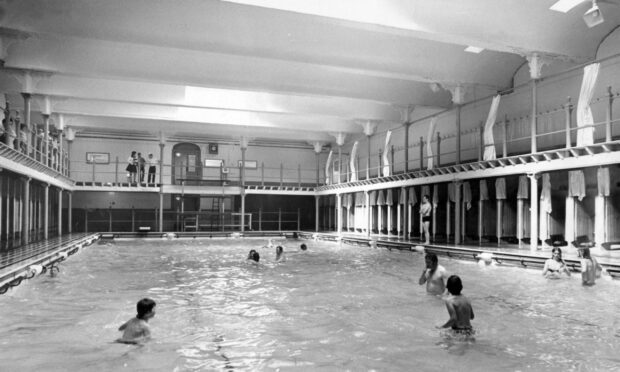
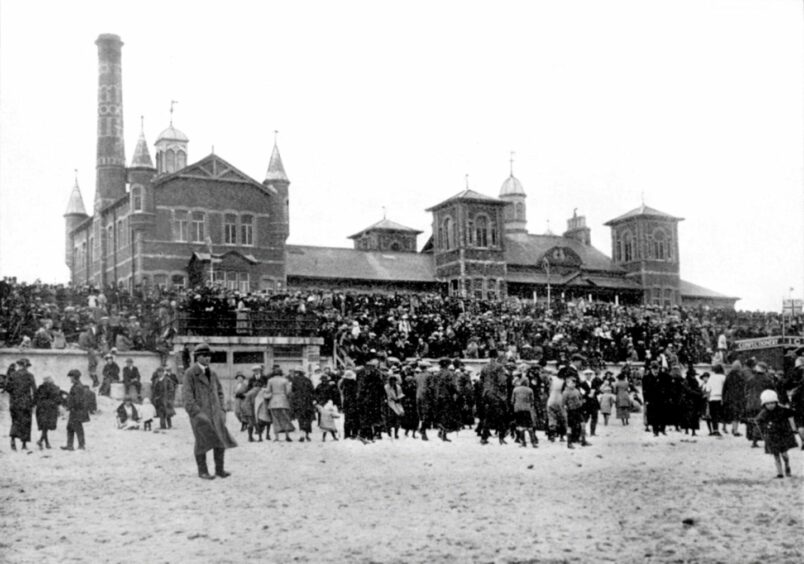
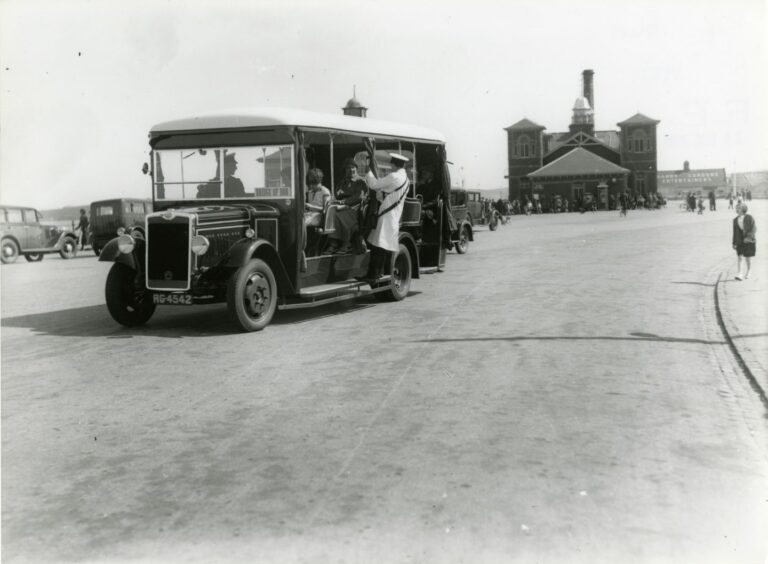
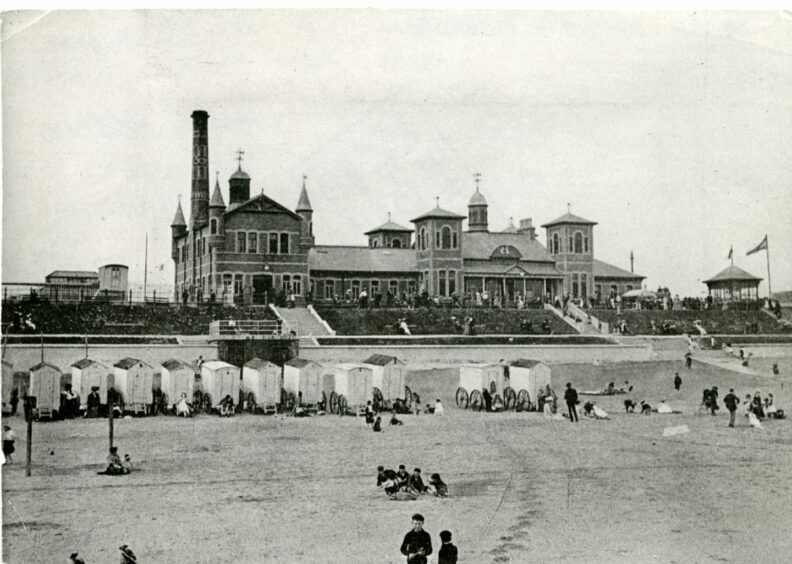
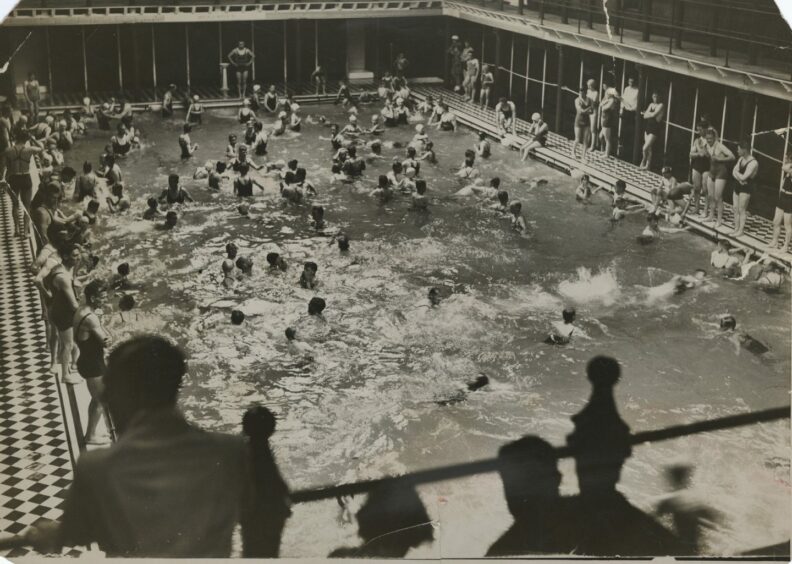
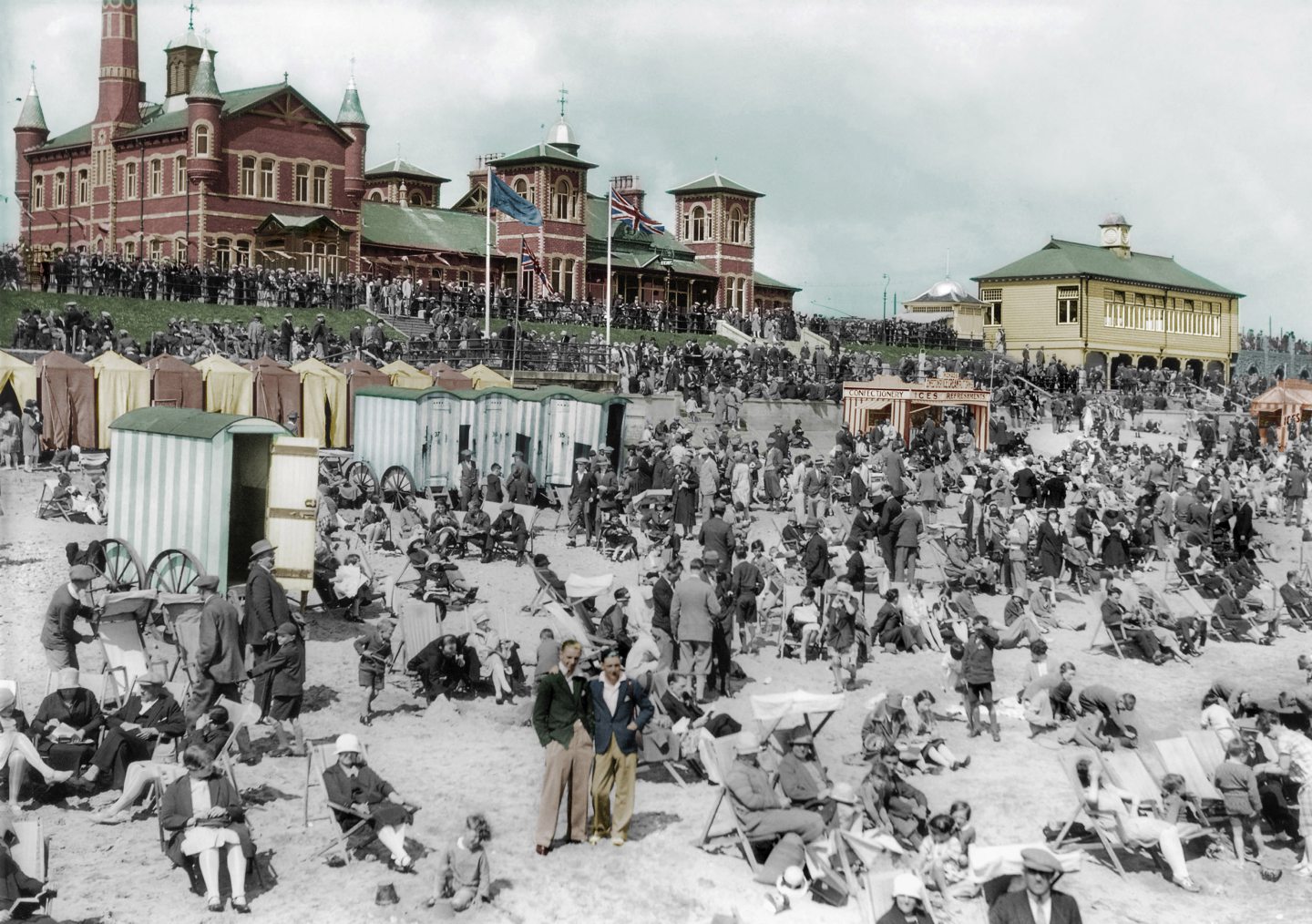
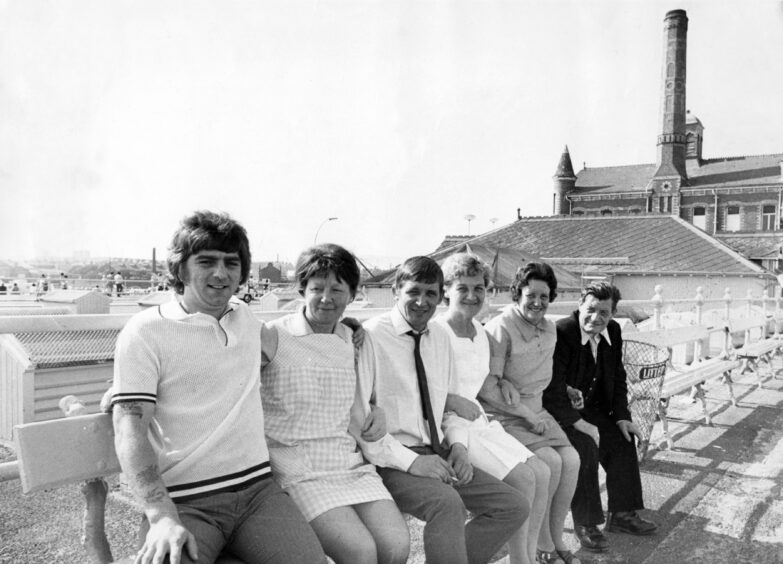
Conversation